
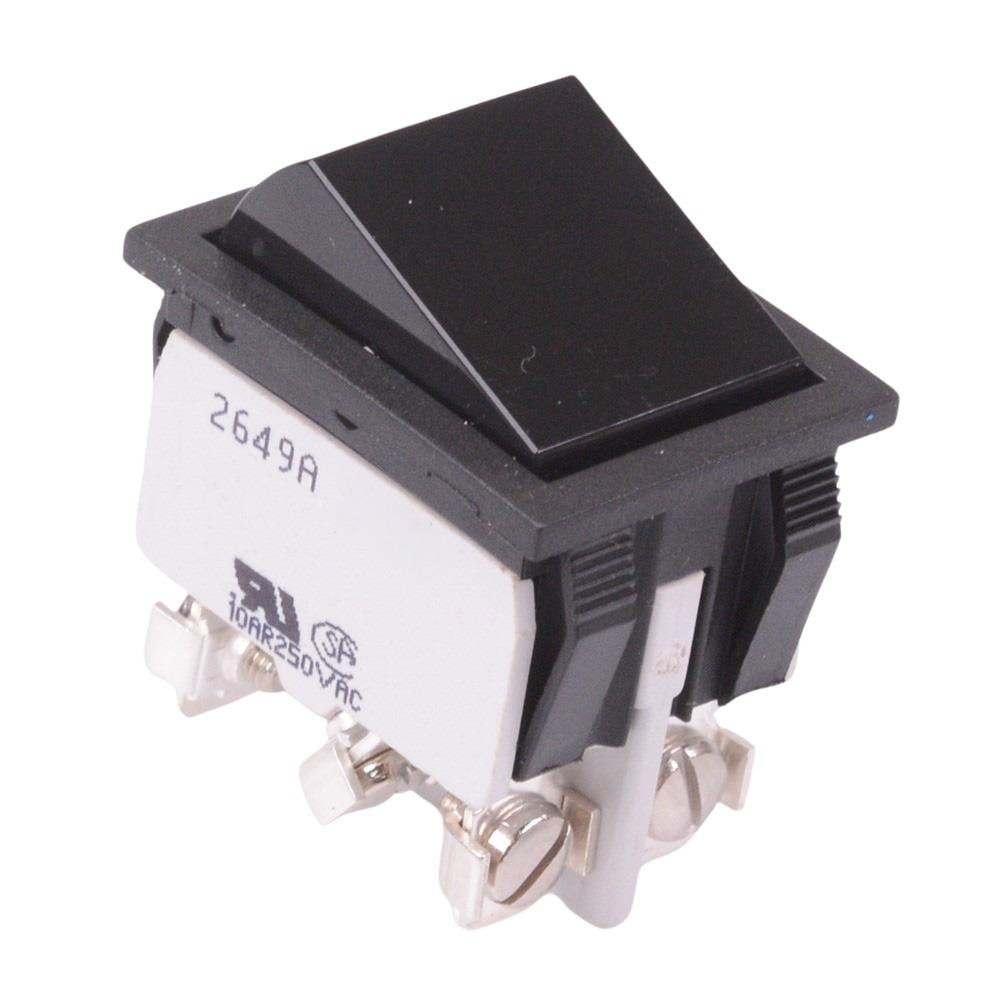
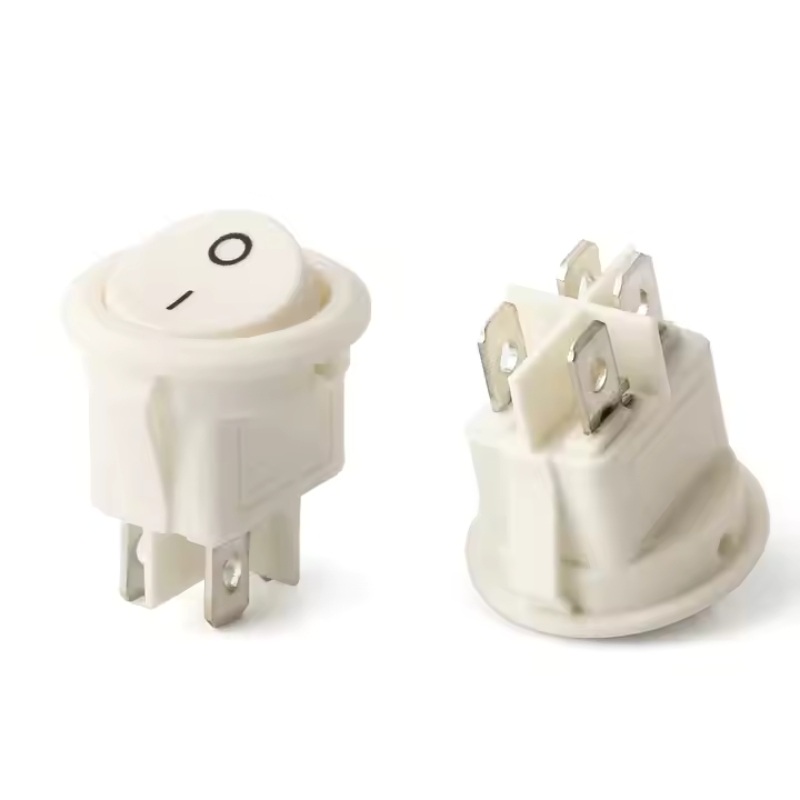
In an era dominated by touchscreens and voice commands, the humble rocker switch persists. But its endurance isn’t just about practicality—it’s a quiet rebellion against the intangible.
1. The Tactile Trust Factor
Rocker switches thrive on physical feedback, a language our brains instinctively trust. A click or snap confirms action, bypassing the cognitive load of wondering, “Did it work?” Studies show tactile interfaces reduce user error by up to 30% compared to touchscreens. In a world of digital ambiguity, the rocker switch is a grounding force.
2. Binary Philosophy, Humanized
Its design mirrors life’s simplest binaries: on/off, yes/no. Yet, the subtle “tilt” motion adds poetry. Unlike cold toggles or buttons, the rocker’s seesaw action feels deliberate—a tiny ritual of control. Psychologists argue this micro-interaction subconsciously empowers users, turning mundane acts into moments of agency.
3. The Stealthy Evolution
Smart homes haven’t killed rocker switches; they’ve reinvented them. Brands like Lutron now blend classic rocker designs with wireless tech, proving tactile interfaces and IoT can coexist. Even voice-controlled systems often retain physical switches—because when tech fails, humans crave analog certainty.
Next time you flip a rocker switch, take a moment to appreciate its elegance and efficiency. It’s a testament to how even the simplest technologies can have a profound impact on our daily lives.
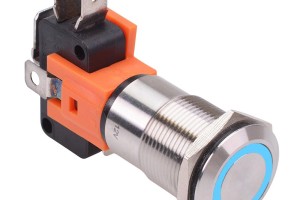
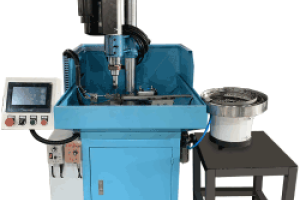

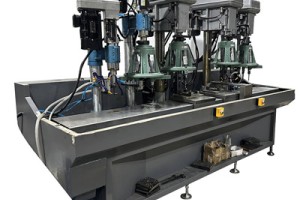




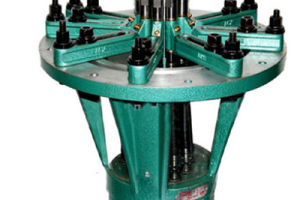

Leave a comment